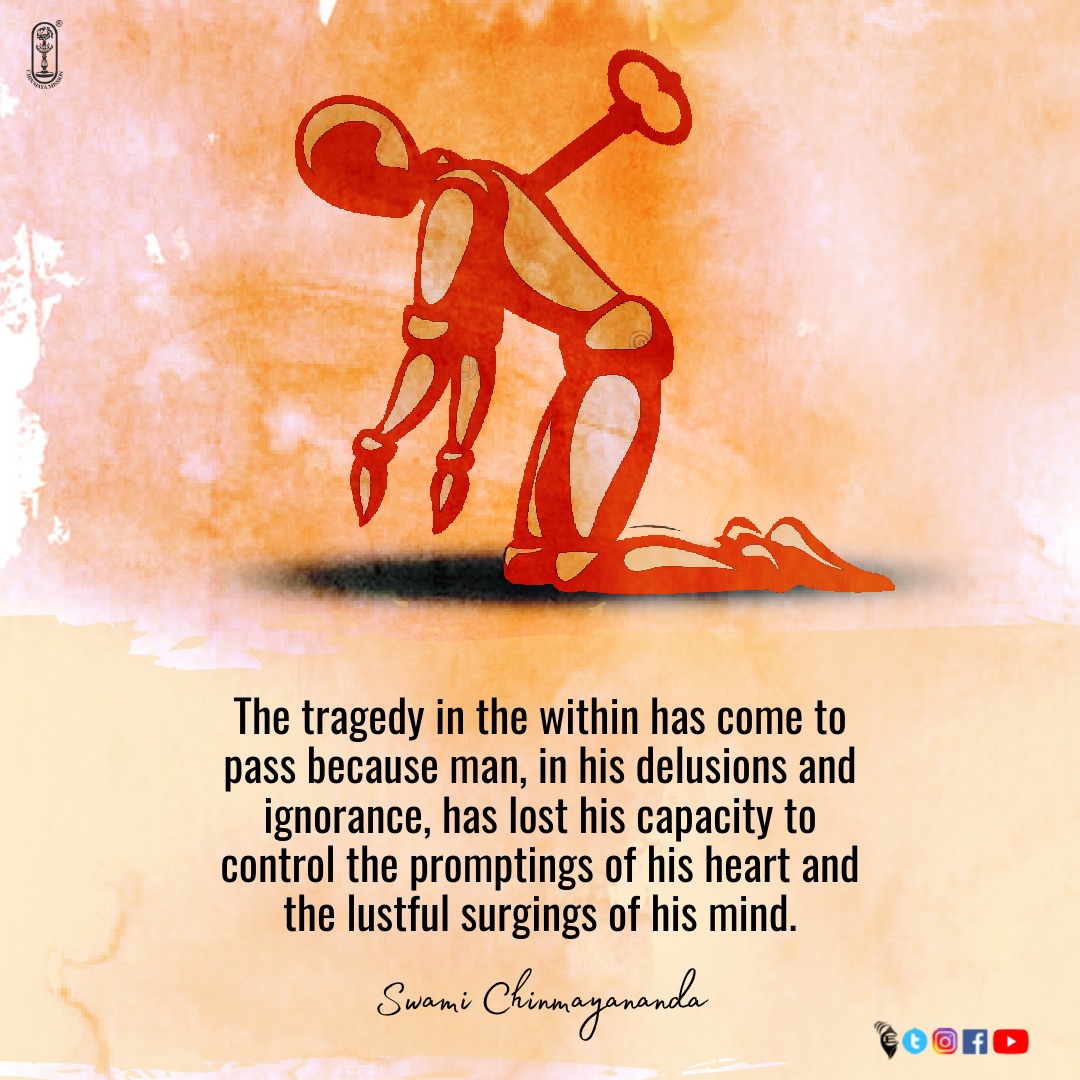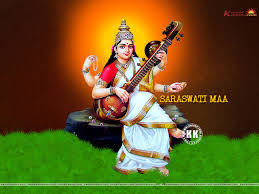VEDANTAM FOR BEGINNERS - 39. SWAMI SIVANANDA.
=========================================================================
========================================================================
Thursday, October 20, 2022. 08:00.
TAT TVAM ASI = That Thou Art :
The Maha-Vakyas :
Post-39.
========================================================================
Introduction :
THAT THOU ART!’—Thus the Sruti emphatically and boldly voices forth the highest and
most sublime truth that is the essence of all scriptures, nay, that is the goal of all scriptural teachings
and assertions.
It is the greatest declaration ever made on the face of the earth. It is the profoundest teaching
ever given since the dawn of creation. It is the only way of expressing and indicating the Truth that
is beyond the reach of the mind and the senses. It is the one unique teaching that comforts the
distressed humanity and infuses inner spiritual strength and courage into them to pooh-pooh the
miseries and pains of mundane existence and soar high into the realm of non-dual, all-blissful
eternal Existence.
It be simple in the words that it employs, it requires the well-polished sharp intellect of the
advanced aspirant to understand the subtlest Truth that it wishes to convey. If it be unostentatious in
its expression, it is at once majestic and imperative in its utterance. If it be brief and blunt, aphoristic
in its exposition of the highest Truth, it readily gets instilled deep in our hearts and minds, and from
within us, it mysteriously raises our consciousness to that non-dual eternal plane of existence.
Such is the greatness of this Mahavakya, Tat-Tvam-Asi, which the Upanishadic Rishi,
Uddalaka, employed to impart Brahma-Vidya to his son and disciple, Svetaketu.
-------------------------------------------------------------------------------------------------------------------------
The Means To Realisation :
Man is essentially Divine. He is not different from that eternal, non-dual substratum,
Existence-Knowledge- Bliss Absolute. He is neither born into this Samsara, nor is he ever in a state
of bondage. He is ever free, Nityamukta
His present miseries and sufferings, his pains and limited pleasures, births and deaths, are
all due to his erroneous identification with the five sheaths and the three bodies. And, in turn, this
erroneous identification is the result of not-knowing of the truth, or the forgetfulness pertaining to
it. This ignorance, Causal Ignorance, is at the root of all actions and reactions. Only the annihilation
of this ignorance can lead us to our original state of non-dual blissful immortal existence.
This ignorance is not born of anything so that it can be destroyed through some action or
other. It is simply a negative aspect. Just as absence of lights brings in darkness, absence of the sun
brings in the night, so too, absence of Real Knowledge has brought in this Causal Ignorance.
No amount of fighting with darkness or night will destroy them. But, when the lamp or the
sun is there, they disappear into nothingness, without leaving a trace. Similarly, where there is True
Knowledge, there exists not even a trace of this Causal ignorance. That True Knowledge is the
Knowledge pertaining to our real, eternal, immortal Self which is not touched either by the causal
ignorance or the effects of causal ignorance, just like the sun is not touched by the darkness of the
night.
So, knowledge alone is the means for the Realisation of the Self; Self-Knowledge alone can
liberate man from the meshes of Samsara.
--------------------------------------------------------------------------------------------------------------------------
The Maha-Vakyas :
The scriptures, the Vedas and the Upanishads, exist to impart this Knowledge to all
humanity so as to free them from this evanescent and ephemeral existence. Scriptural declarations
can be grouped under three heads, viz.,—Vidhi-Vakya or injunctions; Nishedha-Vakya or
prohibitions; and Siddharthabodha-Vakya or the Maha-Vakya that proclaim the highest Truth, the
identity of the Jivatman with the Paramatman, of the individual soul with the Supreme Soul.
The first two exist to purify the deluded Jiva and make him fit to understand and assimilate
the third; for, only in a purified mind intuition will dawn, and with that alone can one attain the
Highest Knowledge.
There are four Maha-Vakyas, each of the four Vedas containing one of them. The four Maha-Vakyas are:
1.Prajnanam Brahma:—‘Consciousness is Brahman.’ This is called the
Svarupabodha-Vakya or the sentence that explains the nature of Brahman or the Self. This is
contained in the Aitareya-Upanishad of the Rigveda.
2.Aham Brahma Asmi:—‘I Am Brahman.’ This is the Anusandhana-Vakya, the idea on
which the aspirant tries to fix his mind. This is contained in the Brihadaranyaka Upanishad of the
Yajurveda.
3.Tat Tram Asi:—‘That Thou Art.’ This is the Upanishadic Vakya contained in the
Chhandogya Upanishad of the Sama Veda. The teacher instructs through this sentence.
4.Ayam Atma Brahma:—‘This Self is Brahman.’ This is the Anubhavabodha Vakya or the
sentence that gives expression to the inner intuitive experience of the aspirant. This is contained in
the Mandukya Upanishad of the Atharva Veda.
Of these four Maha-Vakyas, Tat Tvam Asi is of great importance. It is the Upadesa-Vakya
or Upanishad- Vakya. The Guru initiates the disciple into Brahma- Jnana only through this Vakya.
This is also called Sravana-Vakya. This Maha-Vakya gives rise to the other three Vakyas.
The Guru instructs the disciple through ‘Tat Tvam Asi,’—Thou art That. The disciple hears
it (Sravana), considers it deeply and reflects over the idea contained in it (Manana), meditates on
that idea (Nididhyasana) and enters into Samadhi which leads to the Aparoksha Anubhuti, signified
in the assertion Aham Brahma Asmi. To this experience, he gives expression through the
Maha-Vakya Ayam Atma Brahma, and also asserts the nature or Svarupa of Brahman or the Self
that he intuitively experiences through the Maha-Vakya Prajnanam Brahma.
The three words contained in this Vakya have got to be carefully analysed and understood.
Through Sravana and Manana of the meaning of this Sentence, indirect knowledge or
Paroksha-Jnana is had, and that is enough to destroy all sins. This Knowledge helps the aspirant to
disown all actions and reactions, to renounce all attributes that he has taken upon himself in
ignorance. He can lead a care-free, unperturbed and detached life in this world.
Nididhyasana and Samadhi give him the direct Knowledge or Aparoksha Jnana that frees
him from causal ignorance which is the cause of the successive recurrence of births and deaths.
Therefore, it is essential to study this Maha-Vakya in all its details, word by word taken separetely and all together, and understand its meaning.
*****
Next-
The A Priori Method
To be continued
========================================================================









.jpg)
Comments